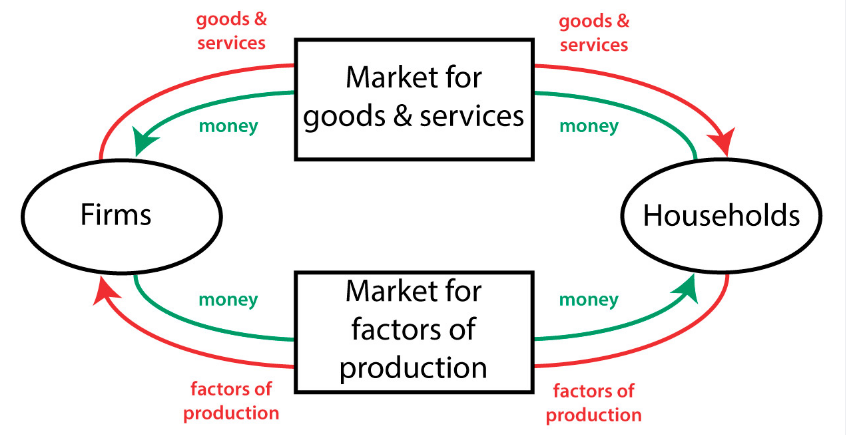Investment (I), government spending (G), and exports (X) are examples of injections. That affects the circular flow of income in an economy.
So Which Best Describes what injector Factors Bring to an Economic System?
An economic system can be best stimulated by money. Investing, exporting, and government spending are all examples of injections into the economy.
This is because money injected into the Economy is used to produce more goods and. Through consumer spending, to buy more goods and services, which also directs the economy in a positive direction.
Also Read: Which Eoc Configuration Aligns with the on-Scene Incident Organization?
Injections-Leakages Model:
The macroeconomic model is used to determine the equilibrium level of and analyze disruptions. To aggregate production and income based on a balance between nonconsumption expenditures. On production (injections) and nonconsumption expenditures on income (leakages).
Keynesian injections-leakages provide an alternative to aggregate expenditure (Keynesian cross) analysis based on basic Keynesian economic principles. Investment expenditures, government purchases, and exports constitute three injections included in the model.
Savings, taxes, and imports are the three leakages included in the model. We can distinguish three types of projections: two sectors injecting and leaking (or saving-investing). Three sectors injecting and leaking, and four sectors injecting and leaking.
Alternatives to the more commonly used injections-leakages model Keynesian cross, aggregate expenditures-aggregate production Macroeconomic model.
They provide almost identical insights and have little in common besides consumption being explicitly excluded from the injections-leakage analysis. On the other hand, the Keynesian cross builds upon the consumption functions model. Focuses on injections and leakages saving function’,500,400)”>saving function.
Now Let’s Examine How injections and Leakages are Related;
Injections. There are three injections — investment, government purchases, and exports in a system. By purchasing aggregate production through the product markets, injection expenditures are used much like consumption expenditures.
The main benefit of injections is that the volume of the circular flow increases. So they generate revenue from the product markets that become household income, factor payments, and businesses income.
Leakages. Savings, taxes, and imports are the three leakages. The leakages found in the household sector are the way in which household income is divided or used. In addition, leakages reduce the volume of the basic circular flow.
The result is that income is “leaking” away from the product markets. Leaving households and factor payments with less income to sustain them.
Circular Flow
A circular flow maintains a constant flow of income, consumption, production. And factor payments between households and businesses when a balance between injections and leakages is maintained. An equilibrium in macroeconomics is when the aggregate production level remains unchanged.
The aggregate production increases if injections exceed leakages, but the basic flow volume expands if leakages exceed injections. On the other hand, if leakages exceed injections. Aggregate production will decrease as well as the volume of the basic flow. In order to bring the economy into equilibrium, we must change the way production is carried out.
Models based on injections and leakages are available in three different versions. Each is based on a different combination of macroeconomic sectors, and therefore a different number of injections and leakages.

